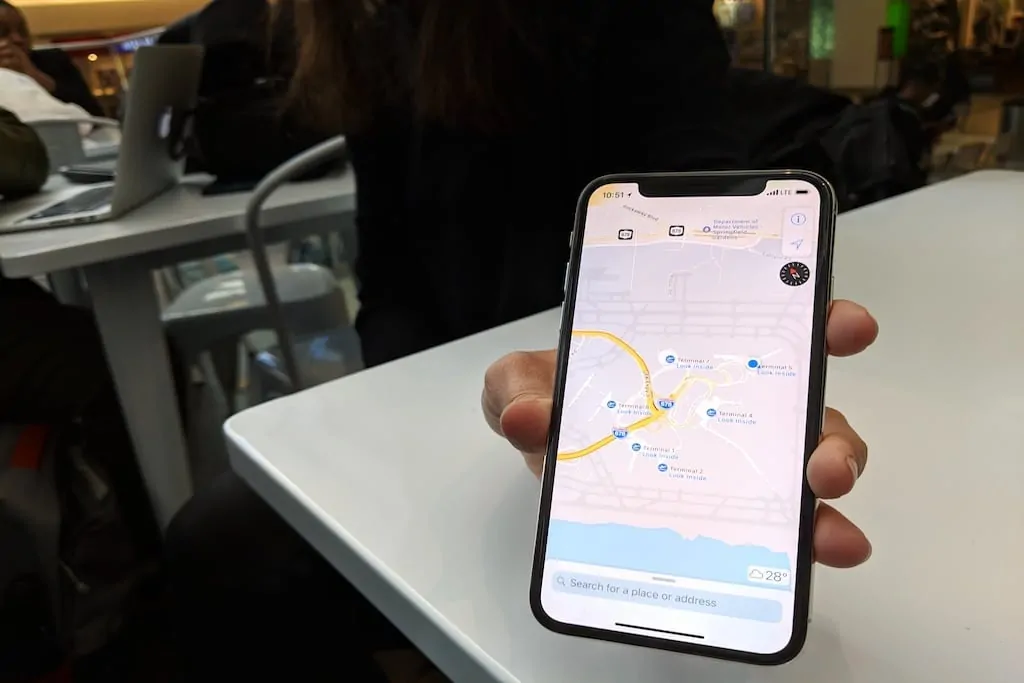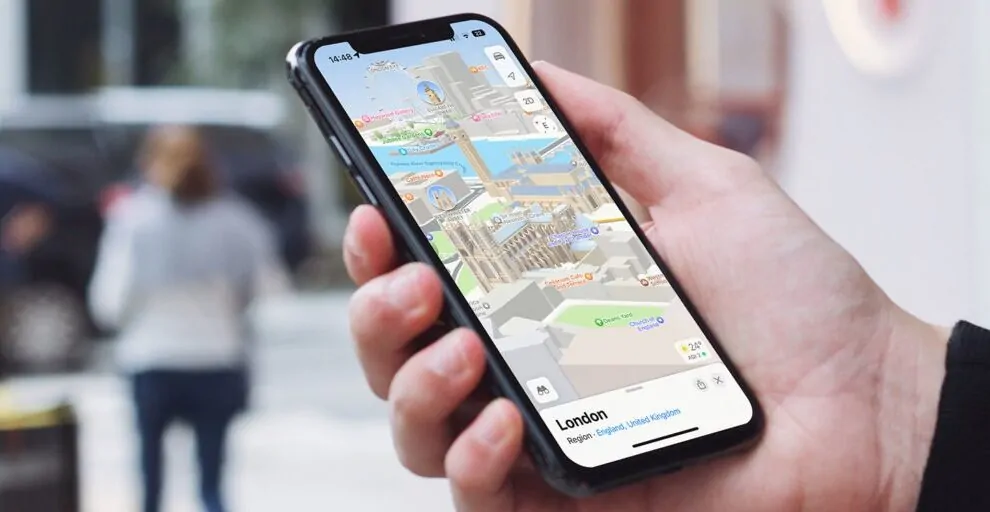In a potentially groundbreaking move, Apple is reportedly contemplating the idea of enabling users to alter their default navigation app on iPhone. This potential shift is believed to be influenced by the EU’s Digital Markets Act, marking a departure from Apple’s longstanding requirement for users to exclusively utilize Apple Maps for navigation purposes.
If implemented, users would have the freedom to designate third-party navigation apps such as Google Maps, Waze, or Citymapper as their default option. This means that whenever a user clicks on a link or address that typically launches Maps, their chosen default navigation app would initiate instead.
The anticipated timeline for this functionality’s availability is March 2025. However, it remains unclear whether Apple intends to roll out this change globally or solely within Europe, where the Digital Markets Act is being enforced.
The Digital Markets Act, a recent legislative initiative from the European Union, aims to foster fair competition within the digital marketplace. Among its provisions is a mandate for companies like Apple to permit users to select their preferred default apps.

Despite Apple’s vocal opposition to the Digital Markets Act, citing concerns about stifled innovation and consumer detriment, the company seems poised to comply with the legislation, particularly in Europe.
The prospect of allowing users to modify their default navigation app signifies a notable departure for Apple. It suggests a willingness on the company’s part to adapt its business practices in response to regulatory demands. Moreover, it underscores Apple’s acknowledgment of the growing popularity of third-party navigation solutions.
The implications of this potential change are multifaceted and could impact both users and developers alike. Some users may opt to switch to third-party navigation apps, while others may remain loyal to Apple Maps. Additionally, this shift could foster increased innovation within the navigation app market.
Overall, the prospect of users being able to alter their default navigation app marks a positive step forward for Apple. It demonstrates the company’s readiness to navigate evolving regulatory landscapes and address shifting consumer preferences.
If you found this article informative, stay tuned to our blog for further insights into Apple’s evolving ecosystem and the broader realm of technology.










Add Comment